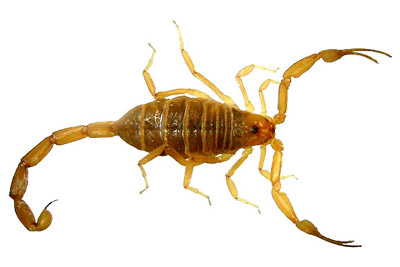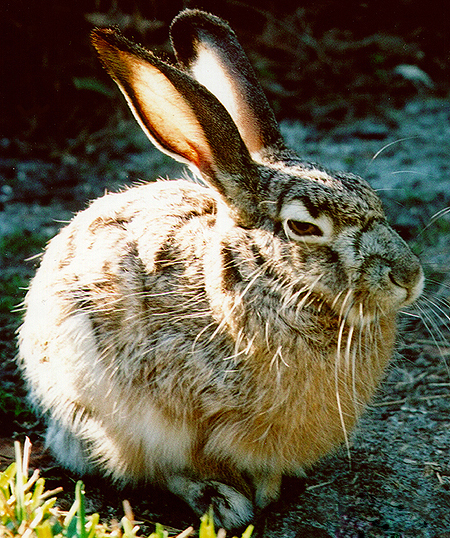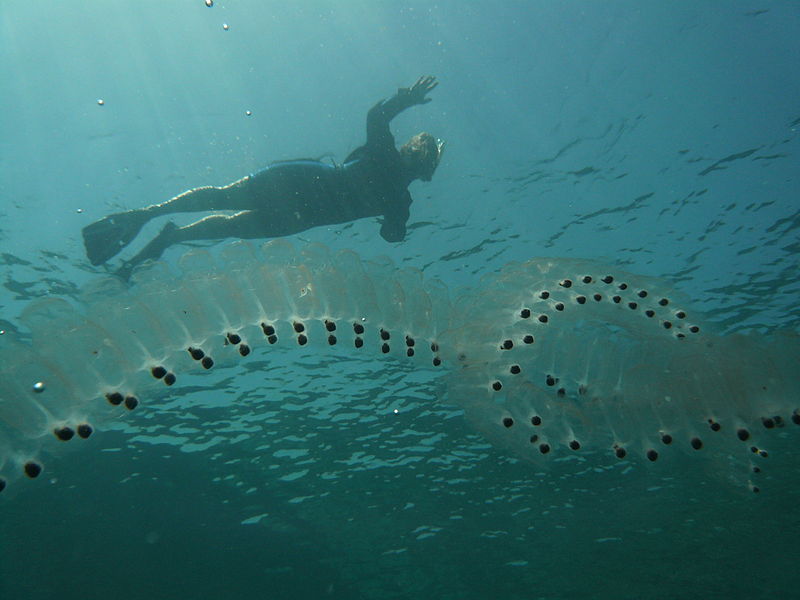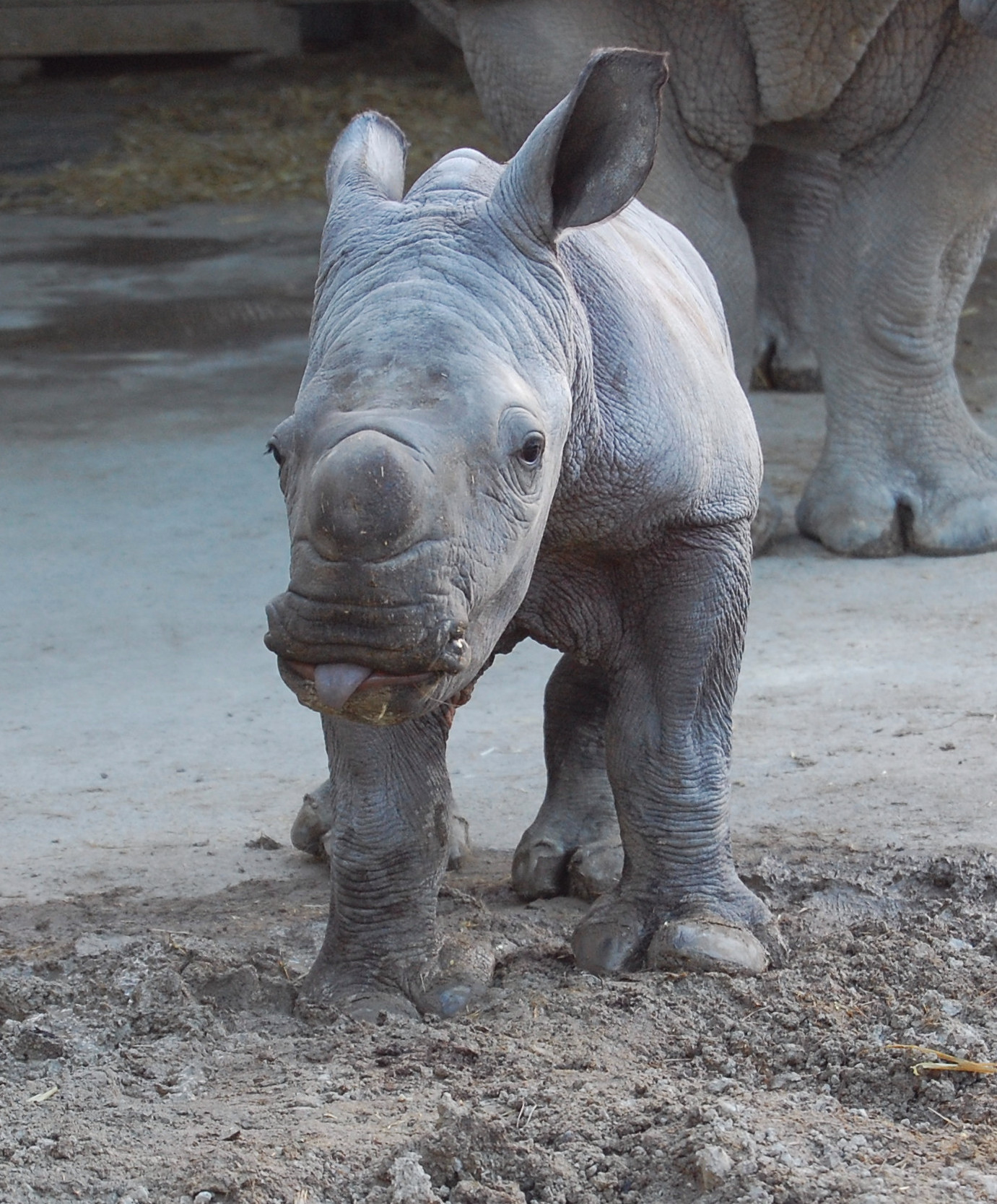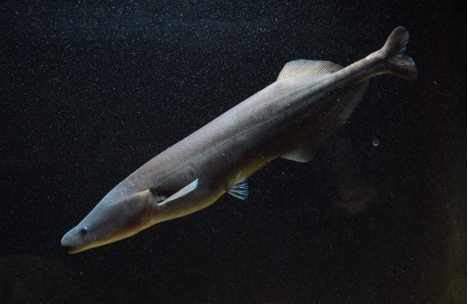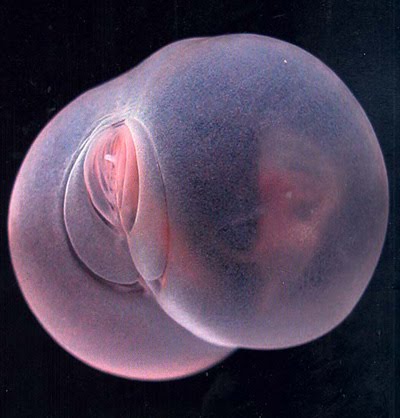
I hope you are prepared to venture into the world of the weird and unusual today. I don’t think we can get much more bizarre than learning about the newly discovered Pigbutt Worm. Come on, just the name of this animal is intriguing….and funny. I am not messing with you either, this is a real animal, which is also known as “Flying Buttocks”. I can just imagine how much this poor worm gets made fun of at school for its name(s). In order to study this unusual worm we will need to grab our scuba gear and head to the ocean, so let’s get going.
I hope you are not afraid of deep dives since this particular odd-named creature is found below the Oxygen Minimum Zone (OMZ), which is the location where oxygen saturation in the water is at its lowest. This is about 900 to 1200 m (3000 to 4000 feet) below the surface. I told you it was going to be a deep dive. So why in the world would the Pigbutt Worm (I seriously giggle every time I write this) want to live in such an environment? Well, scientists believe they prefer this zone since there is an abundance of detritus that continuously falls from the upper layers of the water column. The Pigbutt Worm is able to form a nice little “cloud” of mucus around their mouth which in turn catches all of this scrumptious food. Personally, I would just alter my eating habits and live in a more hospitable place but then again, I don’t have a Pigbutt!

Okay, so how did this worm end up with such an odd name. Seriously? You just need to look at their back end to figure this one out. That’s right, they basically look like a floating….umm….butt. This particular worm, which is a member of the Chaetoperidae family, is segmented but like it’s family members has an inflated mid-section, which gives it this unusual appearance. Unlike the rest of their family, they don’t live in tubes on the ocean floor. As mentioned, they prefer to just float around in this oxygen deprived zone. Perhaps, they don’t have a choice given the fact that they have a huge bubble in the middle of their body.
Pigbutt Worm Fast Fact – This worm is also larger than most members of its family as they are about the size of a chestnut. Scientists haven’t been able to determine if they are adults or larvae. Considering the size, you would think they were adults but all the specimens to date have been missing sexual organs, so the mystery has yet to be solved. Are you up for solving this mystery?
Thanks for reading about the bizarre Pigbutt Worm. I hope you enjoyed our weird and mysterious Wild Fact. Have a great day and I will see you tomorrow.


